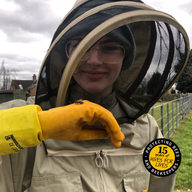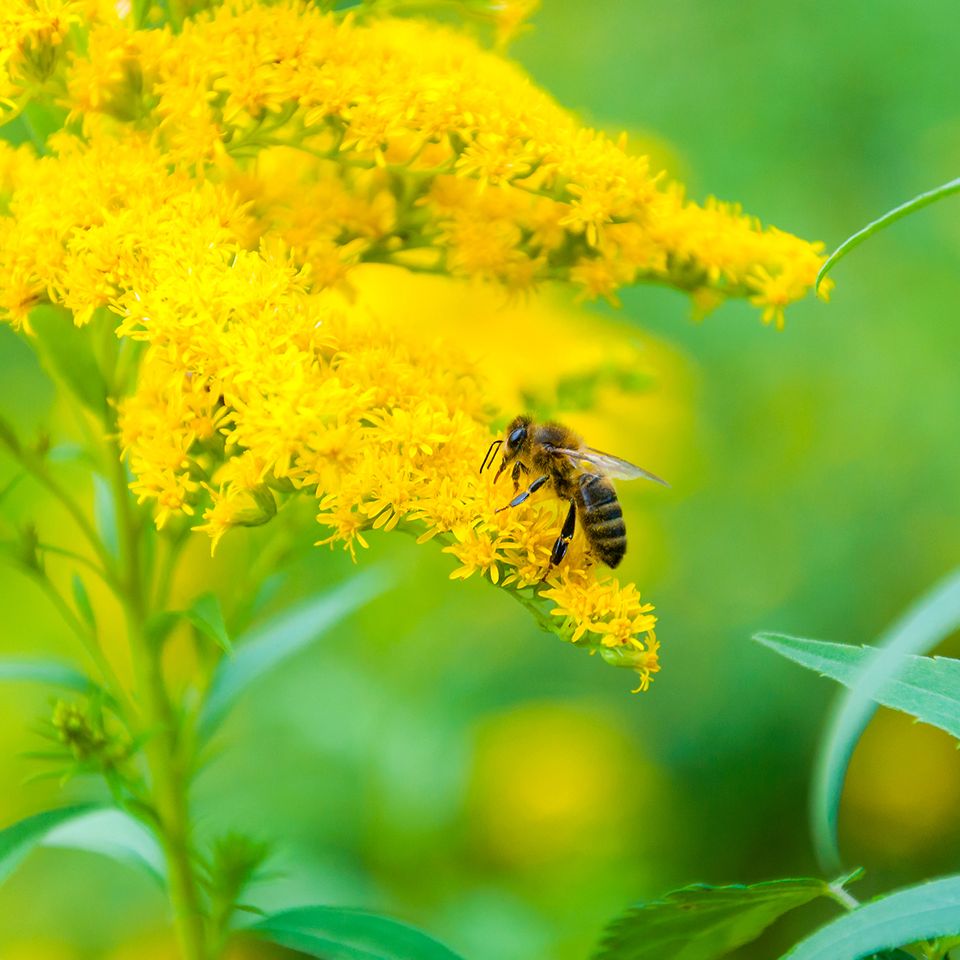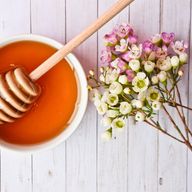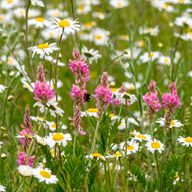
When you picture the Great British countryside during the Spring and Summer months, you imagine meadows full of flowers; happy, bright colours and sweet smells in the air. Not only is the image as wonderful as a David Hockney landscape, but these wildflower corridors and fields are idyllic habitats for pollinators including bees, bugs and butterflies.
These picturesque pockets of wildflowers are key not only to the eco-system, but also to agriculture. So, you might be surprised to learn that in the last hundred years, it’s estimated the UK has gone from 7.5 million acres of wildflower meadows to just 26,000 acres. One of the repercussions of this decline is an enormous drop in the population of pollinators, including bees.
Here at Rowse, we’re on a mission to protect the bees (in particular, our favourite the honey bee), through our Hives for Lives programme of vital initiatives. We’re passionately striving to inspire the next generation of bee farmers, fund research into bees and offer beekeeping as a sustainable pathway out of poverty in Ethiopia. And now… we’re un-bee-lievably pleased to introduce our new Feed The Bees initiative as it’s crucial we do all we can for our wonderous honey bees.
What’s so good about wildflowers?
Wildflowers provide lots of the essentials that bees need to thrive; food in the form of nectar and pollen, as well places to shelter and rest.
Most wildflower species have single flowers which are easier for our buzzing friends to land on. Just like how a helicopter would refer a custom-made helipad instead of picking a place to land, wouldn’t it?
Bees like variety, and worker honey bees are no different. These powerful pollinators travel up to 20km a day to seek out delicious nectar, and on this daily quest, they look for a flowerful feast of all shapes, sizes and heights. Their foraging radius is about three miles – making wildflower meadows perfect for them. If more of us had just a single pot of wildflowers by our back door, we create the opportunity for bees to get as many nutrients within the same distance.
Wildflowers have vibrantly coloured petals, and attractive scents, that bees simply can’t resist.
And, as an added bonus, wildflowers give bees an essential, sugary reward in the form of nectar. Who doesn’t need a treat at the end of a hard day’s work?
A world without bees
Bees pollinate a staggering three-quarters of crops that produce the food we eat. The loss of pollinating insects could threaten our own food supply. To put this into perspective, for us that would mean a world without some of these items in our kitchen cupboards:
- Apples
- Avocado
- Blueberries
- Beans
- Broccoli
- Cauliflower
- Carrots
- Grapes
- Herbs and spices
- Lemons
- Nuts
- Potatoes
- Strawberries
- Tea and Coffee
Not forgetting our favourite wonder product, honey. There are lots more too. Our buzzing friends truly bring a rainbow of colour, flavour, variety and nourishing goodness into our diets.
Wildflowers need bees too
The relationship between wildflowers and bees is a mutually beneficial. To make a seed, a flower needs to be pollinated. Pollen from one flower needs to travel to another. This is where our worker honey bees step in as they carry the pollen between flowers.
Once a wildflower becomes established, it spreads its roots and stabilises the soil around it – keeping the ground nice and healthy. So, when there’s lots of rain, soil particles and nutrients in the ground will remain because there are root systems holding everything in place. If these nutrients were washed away, our farmers would find themselves in quite a spot of bother when growing their crops.
How to help
The more of us that sow bee-autiful wildflowers – whether it’s a single window box, one plant pot, a small patch of soil, or atop a larger grassy patch – the more probability there is to get those all-important bee population numbers back up. Go on, offer a little hive help and #FeedTheBees, you know you wanna…



